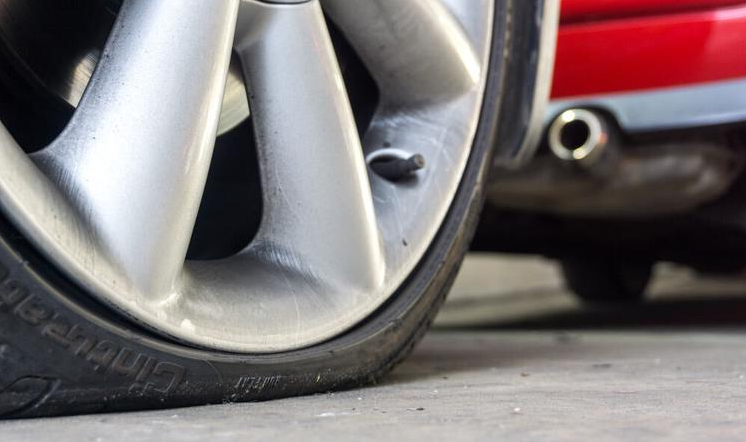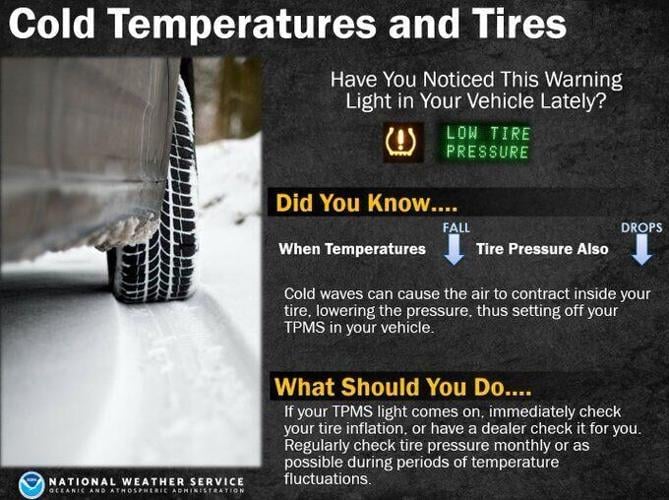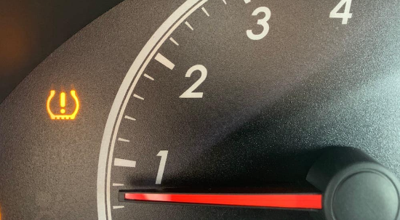It's that time of year again folks. You may be heading out the door early in the morning this week, and notice a big temperature swing from a day or days before. We were in the single digits and some even sub-zero last week and now we're talking about highs in the 50s, so seeing that your low tire pressure light on your dashboard is common. Is it a flat tire? Probably not. Leak? Also not the main culprit. A lot of the time, weather is to blame for your low tire pressure light coming on when there is a decrease in temperature, but why?

Tire pressure can decrease about 1 PSI (pounds per square inch) for every 10 degrees the temperature drops. It's not due to air leaking out, but instead it's the air inside the tire condensing, taking up less space when it's cold. This is temporary, because driving will heat up the tire and increase the tire's pressure.
A lot of the reasoning behind why this happens is because of the molecules inside the tire. Cooler air molecules can take up less space inside your tire and exert less force on tire walls. As temperature drops, molecules slow down. When it’s hot, molecules will move faster and increase tire pressure.

Image Courtesy: NWS
Again, a great example of this is the strong cold fronts we've had roll through our area recently. During the Fall especially, as a cold front rolls through our area, we can go from from highs in the low 80s on a Friday afternoon to temperatures on Saturday afternoon in the 50s. So, temperatures dropping about 30 degrees means the PSI in your tires drops around 3 or more PSI.
Even if you don't think it is a tire leak and just the cold weather, it can still make way for dangerous conditions on the roadways, so checking your tire pressure often is always recommended.













